By Jon Black
That “See You There,” the new album by country legend Glen Campbell, exists at all is remarkable enough. Diagnosed with Alzheimer’s disease in June 2011, there was wide expectation that “Ghost on the Canvas,” released the same year as Campbell’s diagnosis, would be the artist’s final album. With “See You There” Campbell has not only delivered fans another new album, but one that is both musically and conceptually brilliant.
“See You There” is an album worthy of one of America’s most talented and versatile musicians. Widely known as one of the standard-bearers of the smooth, pop-friendly country sound of the late 60s and 70s, Campbell’s musical pedigree is, in fact, far broader and deeper than even many country fans are aware.
While his first love was country, Campbell began his career in the music industry in 1960 as multi-genre studio musician in Los Angeles. Quickly standing out among his peers, Campbell became part of producer Phil Spector’s elite cadre of session musicians dubbed “The Wrecking Crew.” Calling this collective “world class session musicians” is insufficient — they were the session musician equivalent of Leonidas and The 300. In the course of his studio work, Campbell played on recordings for artists as diverse as Nat King Cole, Merle Haggard, Jan and Dean, The Monkees and Frank Sinatra. He played guitar on The Beach Boys’ “Pet Sounds” album, widely praised as one of the most important albums in the history of rock and roll, and Campbell even briefly stood in for Brian Wilson on the band’s ’64-’65 tour.
Going solo in 1961, Campbell’s early years in country music were credible but not star-studded. As the decade drew to a close, however, his velvety vocals and familiarity with genres including folk, pop, and the softer edges of rock in addition to country made him ideally suited for the new smoother and more mainstream country sound that was rolling out of music row. Beginning in 1967, Campbell began recording a string of hits that remain part of country cannon today, including “Rhinestone Cowboy,” “Wichita Lineman,” “By the Time I Get to Phoenix” and “Galveston.” More than half a century after plunging into country music with both feet, his face and voice remain among the most instantly recognizable in the genre. As his most recent album, “See You There” both marks and adds to that storied history.
The album’s tracks were laid down during the recording of “Ghost on the Canvas” and revisit many classic Campbell songs as well as few more recent offerings. These tracks are not, however, simply reprisals of his earlier recordings. Rather, each number carries the stamp of additional artistic development and maturation by Campbell, more than four decades worth in some cases, as well as the potent flavor added by an artist standing face to face with mortality.
A further note of differentiation is added by the application of contemporary production aesthetics as well as by the album’s production team: Dave Kaplan, founder of multi-genre Surfdog Records, and equally broadly-pedigreed producer/engineer Dave Darling.
The ultimate result of these influences is an album that is simple and stripped down to its essentials—at once deeply intimate and profoundly human. “See You There” retains the well-crafted lyrics of timeless songs as well as Campbell’s gorgeous voice. His pipes have lost little, if any, of their power or range over the decades. It remains one of the most distinctive voices in country music: smooth, polished and lacking the warble and twang characteristic of so many later, and earlier, country vocalists. At the same time, the album jettisons the distinct sound of late 60’s and early 70’s county characterizing many of his best known pieces and replaces it with contemporary production values and modern aesthetics. While this approach seems likely to alienate some listeners, its aural, thematic and aesthetic cocktail may attract, or at least intrigue, a far wider groupd of listeners.
At the end of the day, “See You There” does not merely transform Campbell’s classic songs, it transmutes them. Nowhere is the change more dramatic than on Cambell’s best-loved song, “Rhinestone Cowboy.” It offers a jarring break from the original, one that is at once disturbing and delicious. The rich, warm and full sound of the original, complete with a piano, backup singers and swelling string section is replaced by a stripped-down, minimalist “Rhinestone Cowboy” that is at least as much folk as pop and features only Campbell’s vocals and two guitars.
When juxtaposed with the lyrics, the updated version not only inverts but actually subverts the subtext of the original. Instead of an inspiring, almost celebratory, anthem of struggling to make it through hard work and sacrifice, the “See You There” version seems to delve into the dark side of trying to make it in the music business: the loneliness, isolation and the fleeting nature of fame and fortunae. Indeed, it’s easy to hear the new version as a soul searching sequel to the original, portraying different moments in the life of the same persona: the original capturing the moment when the persona has his first brush with success, playing big clubs with big backing bands—the reprise finding that persona 40 years later, consigned to playing his once popular songs in small, nameless venues (A fate which, fortunately, has not been Campbell’s).
“What I Wouldn’t Give,” a reprise from his previous album, “Ghost on the Canvas” is musically the most atypically Glen Campbell track on the album. The song opens with slow, Western guitar work so twangy that it borders on surf. From there, the instrumentation swells into slow, brooding, mournful strains more expected in indie rock than country. Indeed, there are moments in the number when it can be imagined that, inexplicably, Radiohead has wandered into the studio mid-session, picked up the instruments and begun noodling. The instrumentation on “What I Wouldn’t Give” is matched perfectly by Campbell’s dark, melancholy legato vocals. In the process, the master of country standards has, improbably, turned out a number that is pure alt-country gold.
“Rhinestone Cowboy” and “What I Wouldn’t Give” stand out as the most grippingly distinctive numbers on “See You There.” But each of the album’s twelve tracks, to varying degrees, offers the same contemporary, stripped-down and self-reflective interpretation of his previous work.
“Wichita Lineman,” another one of Campbell’s masterpieces, is song of love and isolation told through the life of rural phone lineman. “Lineman’s” lyrics are well served by the album’s minimalist approach. One element of instrumentation Campbell and his producers wisely left unchanged, the song’s distinctive baritone guitar lines, are as magnificent in the redux as in the original.
For a man who was the standard-bearer of the mellow, pop-friendly Nashville country of the late 60s and 70s, “Gentle on My Mind” is one of the most heavily countrified tracks on the album, with an unabashed twangy spin put both on the guitar work and Campbell’s vocals. As a side note, when it was released in 1968, “Gentle on My Mind” had the unusual distinction of winning two Grammys for two different versions of the song. Songwriter John Hartford won Best Folk Performance for his original while Campbell’s cover netted him the Grammy for Best Male Country Solo Vocal Performance.
“Hey Little One” juxtaposes an instrumental approach that invokes light rock with a vocal style more akin to 60s folkies such as Scott McKenzie.
“By the time I get to Phoenix,” is one of country music’s classic “leavin’” songs. Of all the album’s tracks, this one is arguably the least distinctive from the original. Aside from decreasing the amount of supporting instrumentation, it comes across more as a felicitous rendition than a reimagining.
“Postcard from Paris,” written by frequent Campbell collaborator Jimmy Webb, also retains a strong country feel with Campbell putting on a little twang. It is a lyrically descriptive and delicious ballad telling the tale of traveler in Europe, in the midst of some of the world’s grandest monuments, pining only to be back at home with his beloved.
Campbell and his voice are unquestionably the stars of the album. But while the supporting instrumentation is minimal, there is absolutely nothing second-rate about it. Several of “See You There’s” tracks contain excellent instrumental elements, notably the bass on “Galveston,” keys on “There’s No Me … Without You” and both the percussion and steel on “True Grit.”
Finally, the album contains two versions of “Waiting on the Coming of My Lord,” a folksy spiritual number. The second version, for once jettisoning the album’s emphasis on minimalism, features an appearance by musician/composer Jose Hernandez and his ensemble, The Mariachi Del Sol De Mexico.
It is likely that “See You There” will be Glen Campbell’s final new album (though he has already confounded such expectations once before). If that is indeed the case, Campbell has left fans with a wonderful parting gift: an album full of beautiful music that is at once innovative and familiar while providing us with the yardstick to benchmark a most remarkable career and life.
“See You There,” recorded on the Surfdog lable, appears in stores and online August 13th.
.
(Jon Black is an Austin-based music journalist and music historian who shares the stories of musicians and their music from country, blues, roots, rock, Cajun, zydeco, and even punk. Follow him on Twitter @BlackOnBlues.)
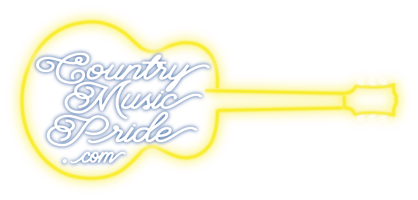

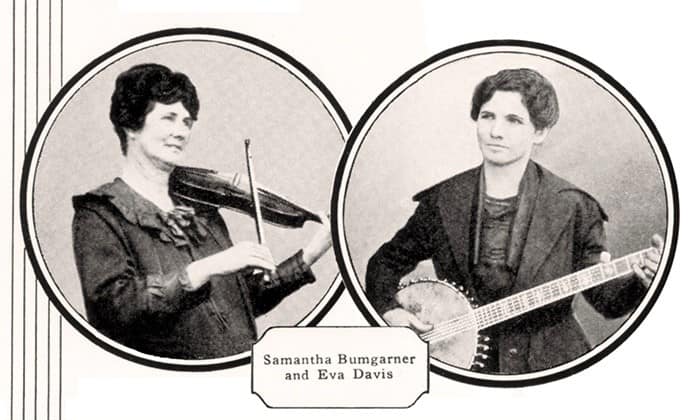
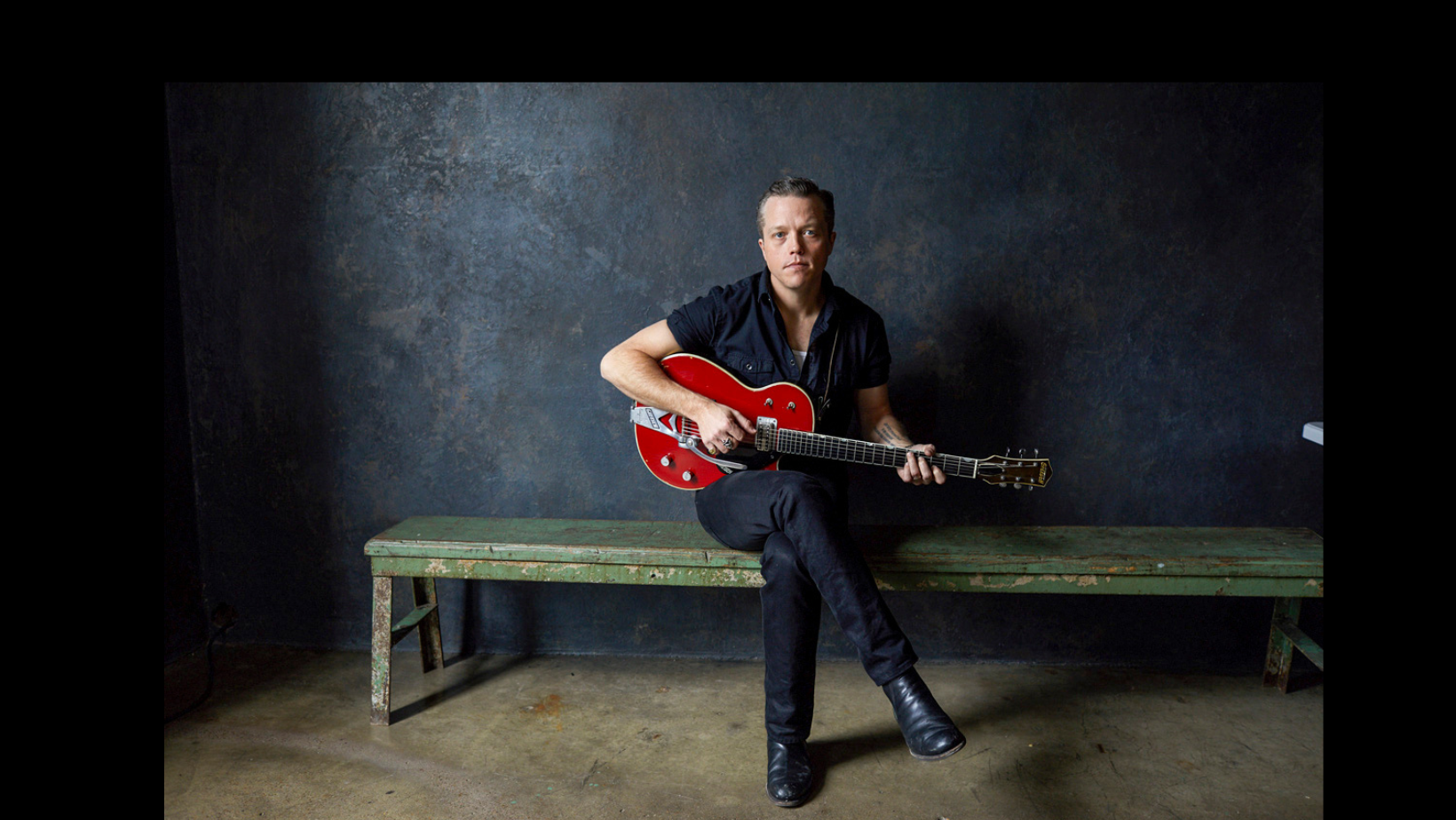
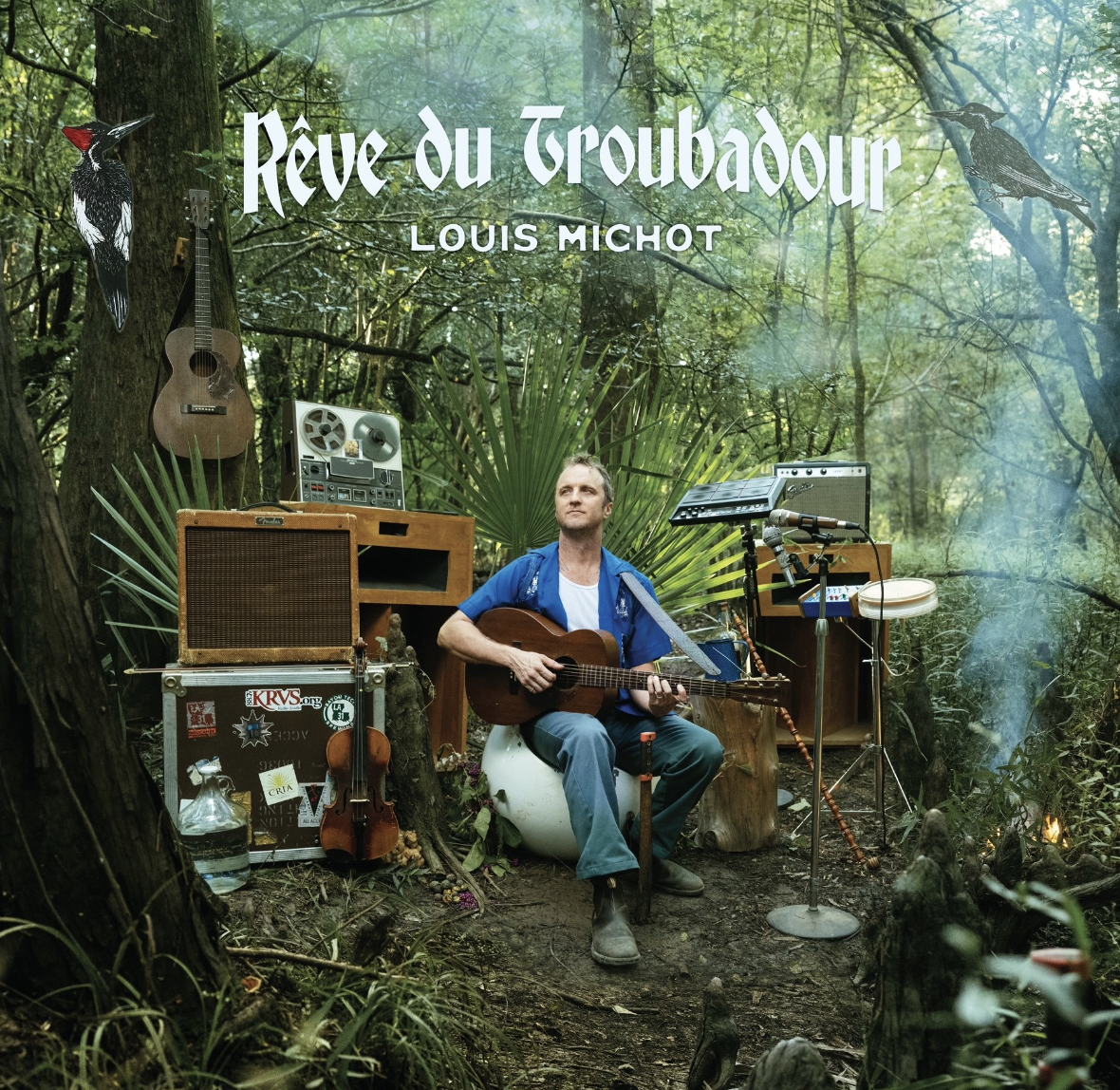
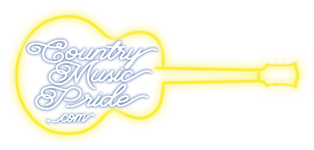
5 Responses
I like checking your web sites. Thanks!
When I’m looking for the latest country music, I always end up in one spot – 103.1 WIRK. I was even lucky enough to catch up with Keith Van Allen in the streets and got free ‘Rib Round Up’ tickets. Just one of the many events that keep me tuned into http://www.wirk.com
Dave Kaplan, founder of multi-genre Surfdog Records, and equally broadly-pedigreed producer/engineer Dave Darling. – See more at: https://countrymusicpride.com/glen-campbell-will-see-you-there-the-rhinestone-cowboys-latest-album-still-sparkles/comment-page-1/#comment-71266
Быстро и бесплатно найти партнеров по бизнесу и новых клиентов для Вашей фирмы!
Предлагаем базы данных фирм России, Украины, Белоруссии и Казахстана по СИМВОЛИЧЕСКИМ ЦЕНАМ!
Для заказа баз данных фирм писать ТОЛЬКО на эту почту: baza-gorodov(собака)yandex.ru
БАЗЫ ВСЕГДА ТОЛЬКО ЧТО СОБРАННЫЕ – ВСЕГДА НОВЫЕ !!!
Спектр применения баз фирм очень широк:
1. Вы можете использовать их для обзвона потенциальных клиентов
2. для рассылки писем по email
3. для смс – рассылки
4. Для почтовой рассылки на юридические адреса фирм
5. Для поиска партнеров и новых клиентов в социальных сетях на страничках фирм
6. Для написания Вашего предложения на сайтах фирм и т.д.
Стоимость базы фирм 1 города – от 700 до 1200 рублей! По стране 1 вид деятельности – 2000 рублей!
Все данные юрлиц содержат подробную информацию, разбитую по разделам, подразделам и рубрикам!
В базах есть (формат Ексель): страна, регион, населенный пункт, адрес, телефон, email, сайт, город, (разделы и рубрики для выбора по фильтру),
а так же странички или группы соцсетей фирм: ВК, Твиттер, Фейсбук, ОД
Для заказа баз данных фирм писать ТОЛЬКО на эту почту: baza-gorodov(собака)yandex.ru